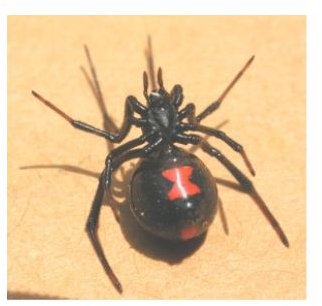Black Widow Spiders: Habitat, Diet, Reproductive Habits, Lifespan and Venom
The Black Widow Spider is actually a group of spiders. This group includes the western black widow spider, the southern black widow spider and the northern black widow spider. This spider can be found throughout most of the United States as well as in parts of Canada and Mexico.
Diet, Reproduction & Behavior
The Black Widow Spider usually preys on other insects, but they will occasionally prey on other spiders, woodlice, chilopods and diplopods as well. Most of their prey is captured when they become entangled in the webs of the black widow spider and once they are ready to feed on the prey they bite them to inject the venom and then hold them tightly for the approximate ten minutes it takes for the venom to take effect. Once their prey is dead they bring it back to their retreat and then feed on it.
Female Black Widow Spiders typically produce four to nine egg sacs at a time and each sac can contain anywhere from one-hundred to four-hundred individual eggs. Black Widow Spiders reproduce in the summer and the eggs will need to incubate for an average of twenty to thirty days. Typically, only thirty eggs will survive the initial molting and for those that survive it takes an average of six to nine months for the baby spiders to fully mature into adults. On occasion, the female Black Widow Spider will eat the male after they have mated. Female Black Widow Spiders have a lifespan that lasts approximately five years, but the males will typically have a much shorter lifespan.
Despite their small size, Black Widow Spiders possess a very potent venom. It has been said that their venom is more powerful than that of coral snakes and cobra snakes. The venom of a female Black Widow Spider is more harmful than that of the males, but the likelihood of death is relatively small though the side effects can be very unpleasant. The venom from these spiders is more powerful than the venom of most other spiders. Their venom is considered neurotoxic and there are several active components in it such as Latrotoxins and Adenosine.
Think you’ve been bit by a spider? Find out some spider bite home treatments.
Photo Credit
https://commons.wikimedia.org/wiki/File:Black_widow_ventral_1370.jpg
